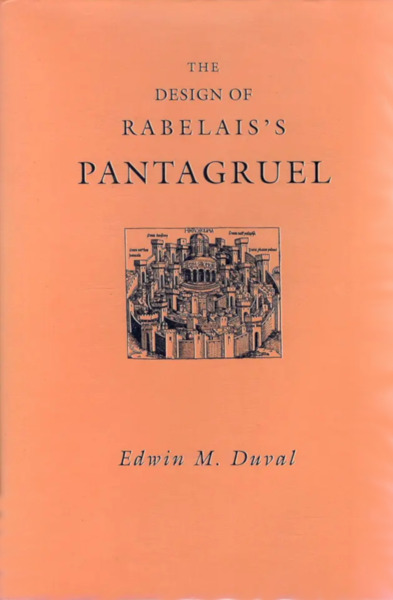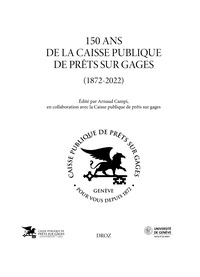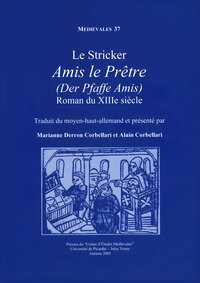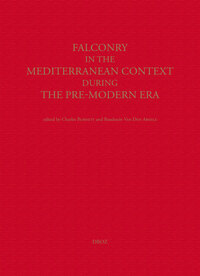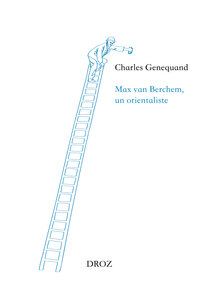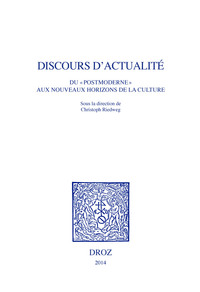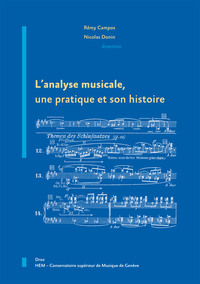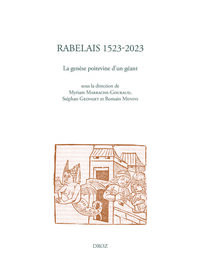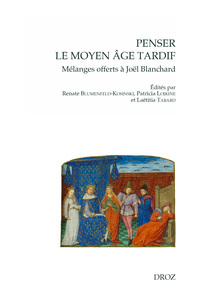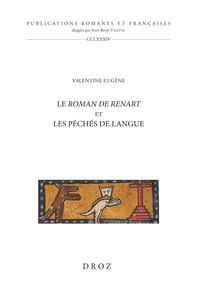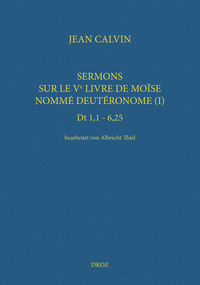Nous utilisons des cookies pour améliorer votre expérience. Pour nous conformer à la nouvelle directive sur la vie privée, nous devons demander votre consentement à l’utilisation de ces cookies. En savoir plus.
The design of Rabelais' Pantagruel
Droz - EAN : 9782600067140
Édition papier
EAN : 9782600067140
Paru le : 10 sept. 2025
79,00 €
74,88 €
Disponible
Pour connaître votre prix et commander, identifiez-vous
Notre engagement qualité
-
 Livraison gratuite
Livraison gratuite
en France sans minimum
de commande -
 Manquants maintenus
Manquants maintenus
en commande
automatiquement -
 Un interlocuteur
Un interlocuteur
unique pour toutes
vos commandes -
 Toutes les licences
Toutes les licences
numériques du marché
au tarif éditeur -
 Assistance téléphonique
Assistance téléphonique
personalisée sur le
numérique -
 Service client
Service client
Du Lundi au vendredi
de 9h à 18h
- EAN13 : 9782600067140
- Collection : VARIA
- Editeur : Droz
- Date Parution : 10 sept. 2025
- Disponibilite : Disponible
- Poids : 1.5kg
- Résumé : François Rabelais's epic narratives about giant heroes are masterpieces of Renaissance literature in which vast learning and broad humor are fused in brilliant satire. Published between 1532 and 1552, the four authenthic books of Gargantua and Pantagruel project a fresh, polemical view of politics, ethics and religion in the age of nascent humanism and the waning Middle Ages. In this book, Edwin M. Duval offers the first systematic investigation of the earliest and apparently most inchoate of Rabelais's Pantagrueline epics. Combining close textual analysis with careful attention to intellectual, cultural, and literary contexts, Duval shows that, contrary to popular opinion, the Pantagruel is a perfectly coherent work in which every episode is indispensable to the whole. Its simple, intelligible structure points the way to consistent Christian humanist meanings. By considering the place and function of each episode within the work's larger design, Duval solves many old cruxes of Rabelais criticism and discovers new meanings where none had been suspected before. In concluding he demonstrates that the Pantagruel's low style and popular culture–far from confounding serious readings of the work–are integrated into its redemptive design and essential to its radically evangelical purpose. This conclusion not only corrects previous interpretations but removes a great stumbling block from Rabelais criticism and a shibboleth that has divided scholars of Rabelais for the past forty years.

